Part of a series of articles titled Cemetery Preservation Course.
Next: Course Overview
Article
The following is intended to help support the understanding of methods and practices of preserving the resting place of our ancestors. For many these sites are of value for reasons from the historical understanding of our forbearers and the intersection of societal groupings to the objects of art or intangible heritage they contain. The value of preserving these sacred spaces allows us to understand our past and what we value as a society. Many sites and people do not know where to start in preserving the resources they manage or cherish especially as the integrity of their physical spaces becomes unstable as time passes. These pages are meant to give a foundation to discuss the challenges of preserving our ancestors’ resting places and give direction in formalizing an approach to maintaining or in many cases saving these sites.
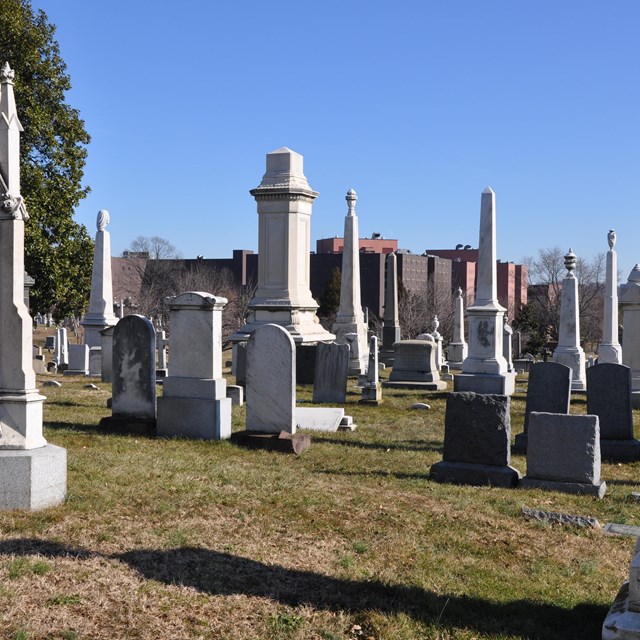
An overview of the methods and practices of preserving a gravesite.
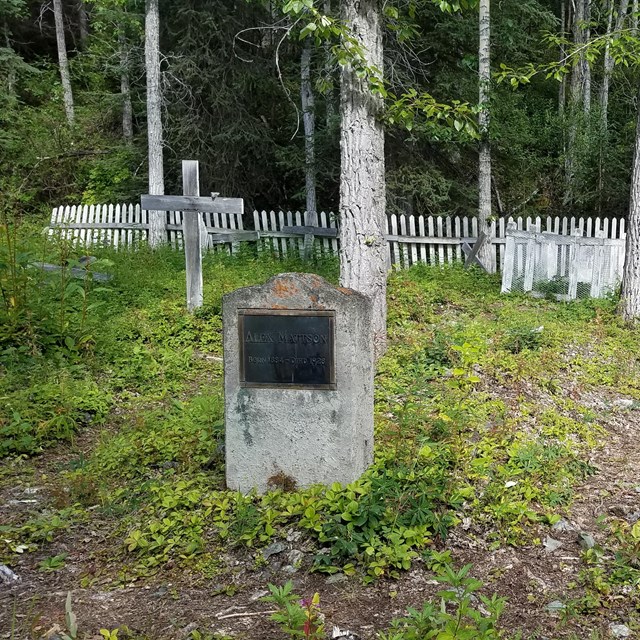
When approaching any cemetery project, we need a basis for decision making.
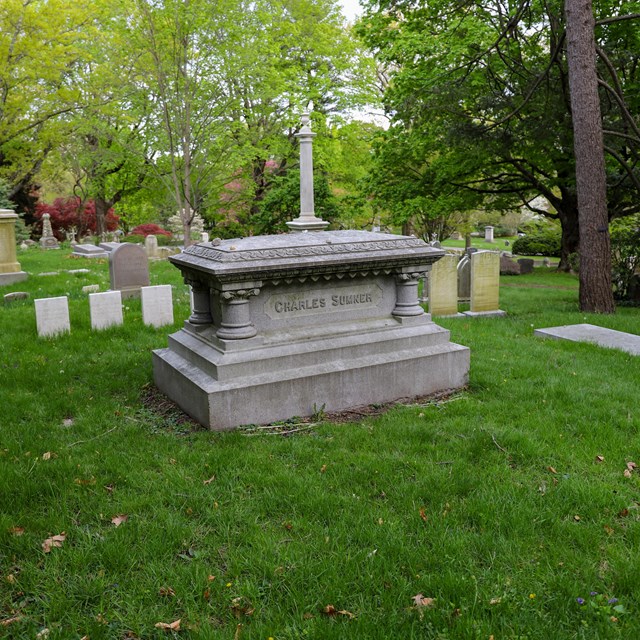
A Master Plan is a road map that shows us where the cemetery is and where it is going.
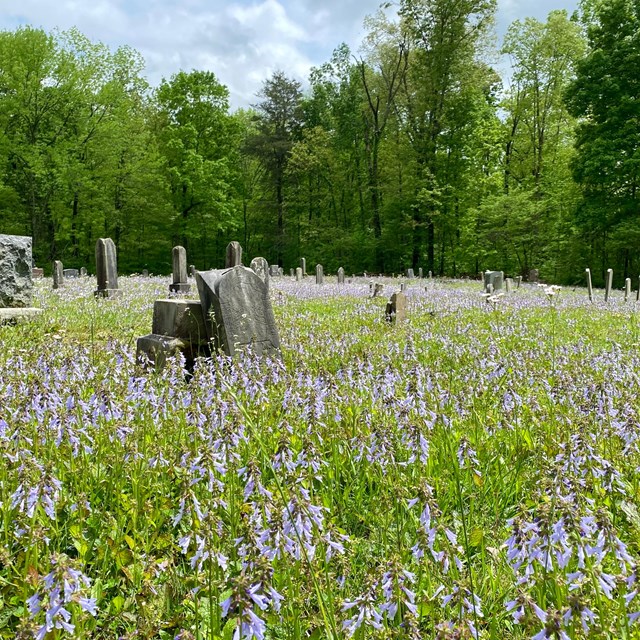
How to review and document a gravesite and markers on a micro and macro level
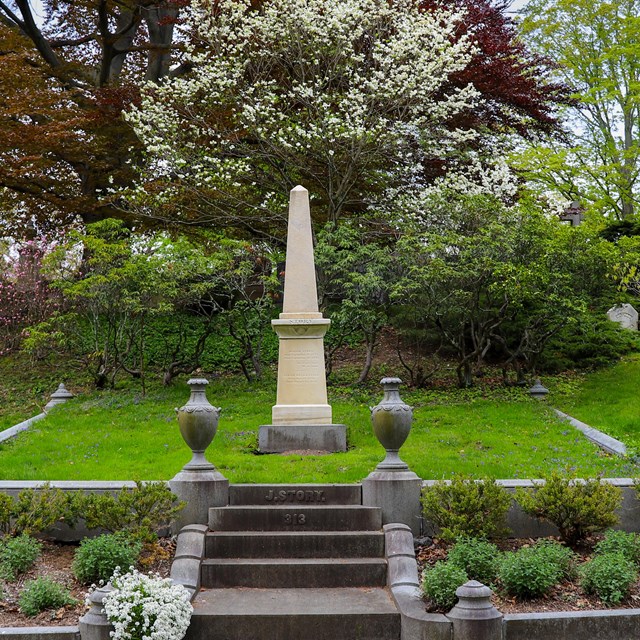
How to manage vegetation in a gravesite.
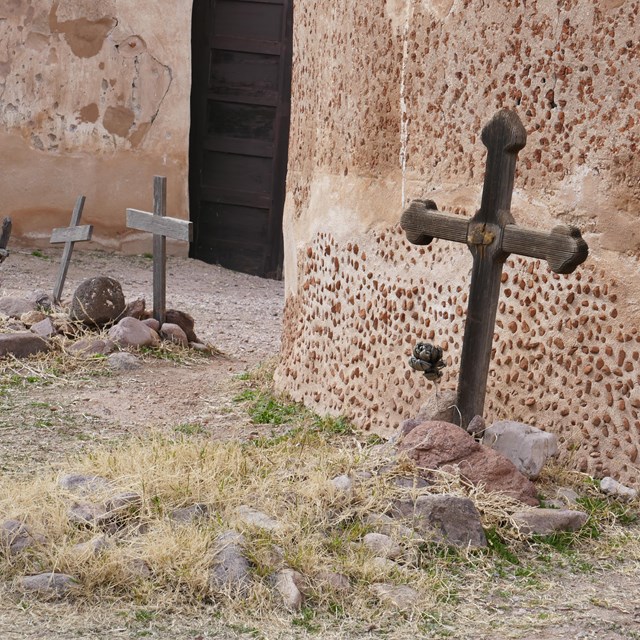
Encouraging the public to visit and explore public burial grounds and cemeteries increases awareness of the value of these sacred sites.
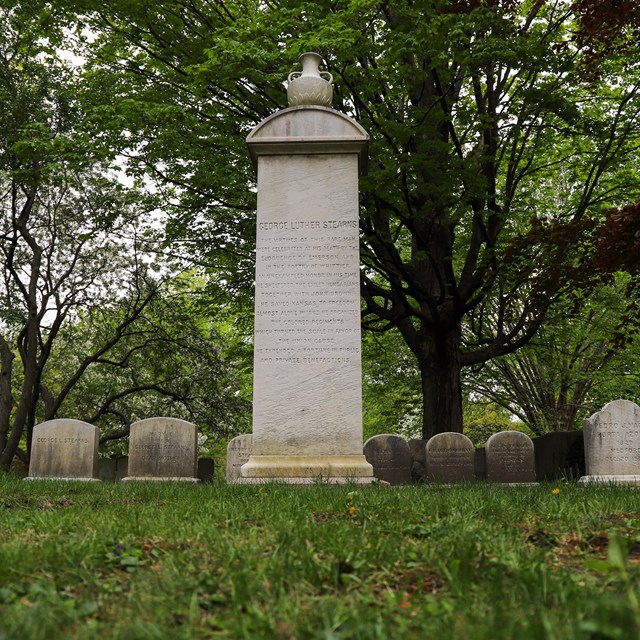
Stone, brick, concrete, metal, and wood are the most common materials used for grave markers.
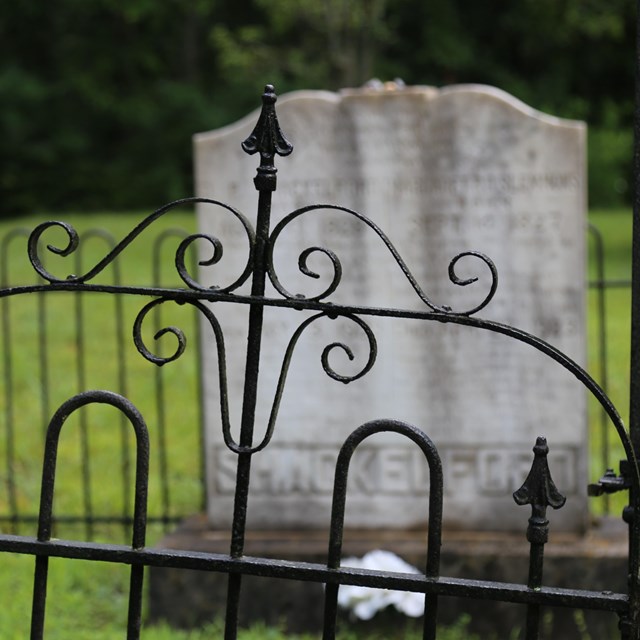
Fences are an important contributing feature to the historic character and fabric of the landscape, yet their care is often overlooked.
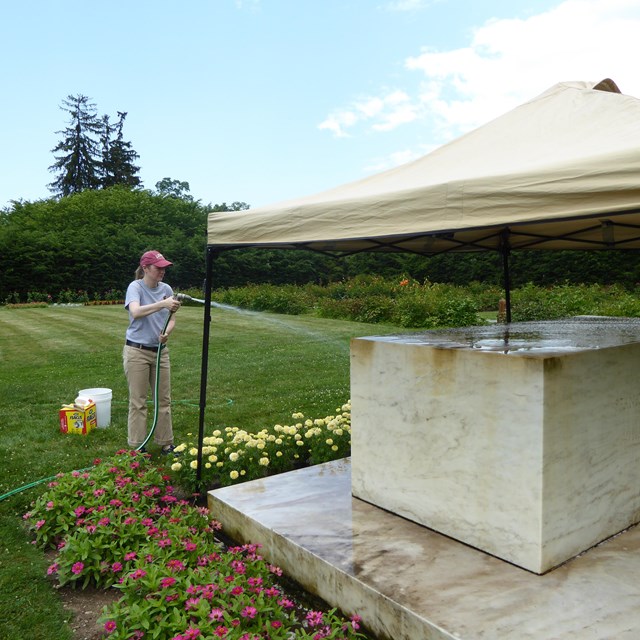
Cleaning stones should be done with the gentlest means possible.
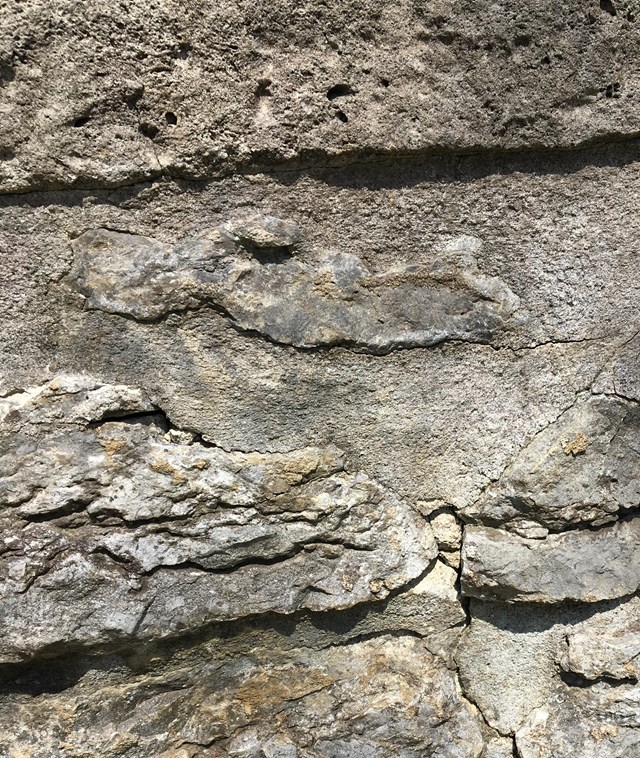
Historic cemeteries can contain a variety of historic masonry features.

When working in gravesites one of the major health and safety concerns is being able to stabilize monuments.

Limewashes have long been used as surface finishes on buildings and other structures, on both the interior and the exterior.
Part of a series of articles titled Cemetery Preservation Course.
Next: Course Overview
Last updated: February 28, 2024